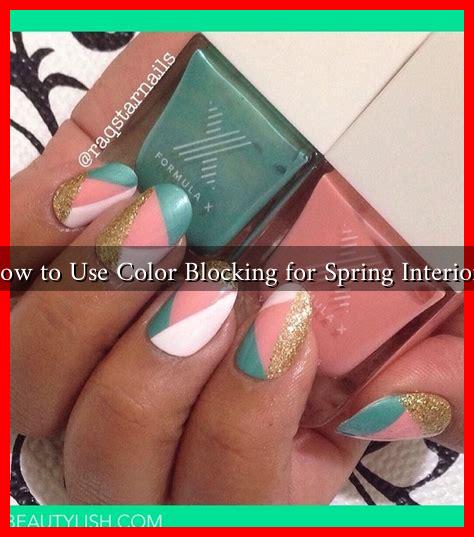-
Table of Contents
How to Use Color Blocking for Spring Interiors
As the days grow longer and the flowers begin to bloom, spring presents the perfect opportunity to refresh your home’s interior. One of the most vibrant and exciting trends to embrace this season is color blocking. This design technique involves combining bold, contrasting colors in a way that creates a striking visual impact. In this article, we will explore how to effectively use color blocking in your spring interiors, providing tips, examples, and insights to help you transform your space.
Understanding Color Blocking
Color blocking is a design strategy that involves pairing solid blocks of color together to create a cohesive yet dynamic look. This technique can be applied to walls, furniture, accessories, and textiles. The key to successful color blocking lies in choosing the right colors and balancing them throughout the space.
Choosing the Right Colors
When selecting colors for your spring interiors, consider the following:
- Seasonal Inspiration: Spring is synonymous with fresh, vibrant colors. Think pastels like mint green, soft pink, and lavender, or go bold with bright yellows and blues.
- Color Wheel Basics: Use the color wheel to find complementary colors (opposite each other) or analogous colors (next to each other) for a harmonious look.
- Neutral Balance: Incorporate neutral tones like white, gray, or beige to balance out the bold colors and prevent overwhelming the space.
Applying Color Blocking Techniques
Once you have chosen your colors, it’s time to apply them effectively. Here are some techniques to consider:
- Accent Walls: Paint one wall in a bold color while keeping the other walls neutral. This creates a focal point without overpowering the room.
- Furniture Choices: Opt for colorful furniture pieces, such as a bright sofa or a vibrant coffee table, to serve as statement items in your decor.
- Textiles and Accessories: Use colorful cushions, throws, and rugs to introduce color blocking in a more subtle way. Layering different colors can add depth and interest.
Case Studies: Successful Color Blocking in Interiors
To illustrate the effectiveness of color blocking, let’s look at a few successful case studies:
- Modern Minimalism: A New York City apartment utilized a bold blue accent wall paired with white furniture and yellow accessories. This combination created a fresh, modern look that felt both spacious and inviting.
- Eclectic Charm: A family home in San Francisco embraced color blocking by painting the kitchen cabinets in a vibrant green while keeping the walls a soft cream. The result was a lively yet cohesive space that felt welcoming.
- Artistic Flair: An artist’s studio in London featured a mix of bright pink and orange blocks on the walls, complemented by colorful artwork. This approach not only showcased the owner’s personality but also inspired creativity.
Statistics on Color Trends
According to a survey by the Pantone Color Institute, 2023’s color trends lean towards vibrant hues that evoke feelings of joy and optimism. This aligns perfectly with the principles of color blocking, making it an ideal choice for spring interiors.
Tips for Successful Color Blocking
To ensure your color blocking efforts are successful, keep these tips in mind:
- Test Samples: Always test paint samples on your walls before committing to a color. Lighting can significantly affect how colors appear.
- Limit Your Palette: Stick to three to four colors to avoid a chaotic look. This will help maintain a sense of balance and harmony.
- Consider the Mood: Different colors evoke different emotions. Choose colors that reflect the mood you want to create in each room.
Conclusion
Color blocking is a powerful design technique that can breathe new life into your spring interiors. By carefully selecting colors, applying effective techniques, and drawing inspiration from successful case studies, you can create a vibrant and inviting space that reflects your personality. Remember to balance bold colors with neutrals and to test your choices before making a final decision. With these tips in mind, you’ll be well on your way to transforming your home into a colorful oasis this spring.

